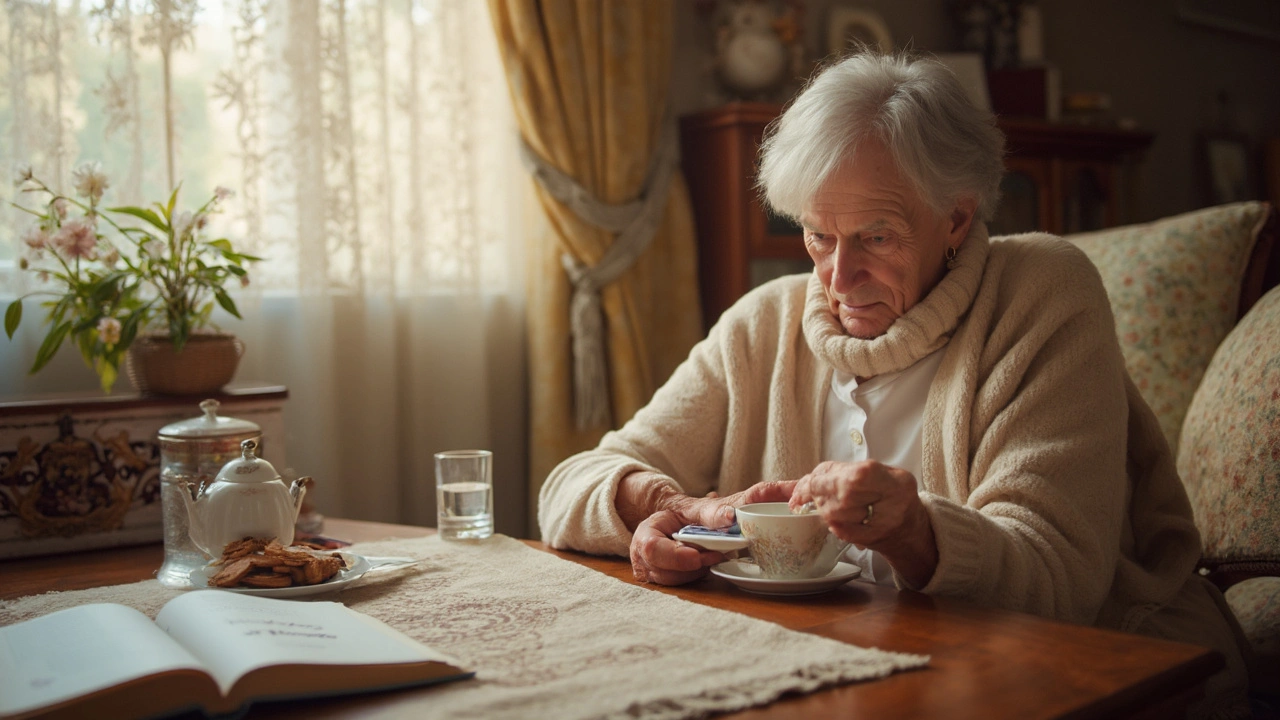Skin itching: fast relief, causes, and what to do next
Got an itch that won’t quit? You’re not alone. Itchy skin is one of the most common reasons people search for quick fixes. Before you scratch until it bleeds, try a few simple moves that often stop the problem fast and keep it from coming back.
Quick fixes you can do right now
Cool compress: Hold a clean cloth with cold water against the area for 10–15 minutes. It calms the nerve endings and cuts the urge to scratch.
Moisturize: Dry skin is a top cause of itching. Use a thick, fragrance-free cream or an ointment with ceramides right after bathing to lock in moisture. Skip hot showers — use lukewarm water and pat dry.
Oatmeal bath: Colloidal oatmeal (available as a powder for baths) soothes inflammation and eases itching. Sit in the bath for 10–15 minutes, then gently pat skin dry.
Over-the-counter options: A short course of 1% hydrocortisone cream can help localized rashes. For whole-body itching or nighttime relief, oral antihistamines like loratadine (Claritin) or cetirizine may work; diphenhydramine helps sleep but causes drowsiness. Follow package directions and avoid mixing sedating meds with alcohol or driving.
Figure out the cause — small clues matter
Match the itch to what’s going on. Dry, scaly skin that’s worse in winter usually means xerosis (dry skin). Red, oozing patches in creases suggests eczema. Circular raised rings point to fungal infections like ringworm. Tiny bites with intense night itch and close-contact spread could be scabies. New creams, soaps, or jewelry often cause allergic contact dermatitis — check recent changes and stop anything new.
Also consider medications and health issues. Some drugs and systemic problems (like liver or kidney disease, thyroid issues) cause widespread itching without an obvious rash. If the itch started after a new prescription, tell your doctor.
Keep a quick diary: note new products, foods, or exposures and take clear photos. That helps your provider see patterns fast.
When to see a doctor: severe or spreading rash, fever with the itch, open wounds from scratching, itching that won’t improve after 2 weeks, or sudden generalized itching without a skin rash. If you have other symptoms (weight loss, jaundice, or blood in urine), seek care sooner.
Practical prevention tips: switch to fragrance-free detergent and soap, wear loose cotton clothing, trim your nails, avoid known triggers, and moisturize daily. Patch-test new skin products on a small area before full use.
Want a deeper read? Check our Claritin Allergy Relief guide for info on non-drowsy antihistamines and dosing, or browse our acne and skin care articles for treatment options that suit different skin types.
Itching is annoying but often manageable with the right steps. Try the simple fixes first, track patterns, and see a professional when things don’t improve. Your skin will thank you.
Skin Itching in Elderly Individuals: How to Manage It Effectively
- Robin Tudge
- April 22, 2025
- 11 Comments
Itchy skin drives many older adults crazy, but it’s more than just a nuisance. This guide looks at why skin itching becomes so common with age and offers practical steps to bring relief. From hydration tips to the sneaky triggers in daily routines, you’ll find what truly works. It also covers when that itch could be a warning sign of something more serious. With clear advice, everyday solutions, and the latest info, this article is your go-to for helping older adults feel more comfortable in their skin.
read more
